
Exploring the Evolution of Hip-Hop: From South Bronx to Global Dominance
In the vibrant streets of the South Bronx during the late 1970s, a quiet revolution brewed. What began as a response to economic struggles and social inequality would soon transform into a global cultural phenomenon. Hip-hop, born from the creative energy of marginalized communities, emerged as a multifaceted movement encompassing deejaying, rapping, graffiti art, and breakdancing.
The Genesis of Hip-Hop:
In the heart of the South Bronx, amidst economic hardship and urban decay, a new form of expression took root. Hip-hop became a voice for the voiceless, channeling the frustrations and aspirations of a generation. From DJ block parties to underground rap battles, the streets buzzed with energy and creativity.
The Four Pillars of Hip-Hop:
A Cultural Revolution Hip-hop, a movement that began in the Bronx in the 1970s, has grown to become a global phenomenon, influencing music, fashion, art, and social activism. At its core, hip-hop is built on four foundational elements: deejaying, rapping, graffiti art, and breakdancing. These elements, also known as the four pillars of hip-hop, have shaped the culture and continue to inspire artists and fans worldwide.
Deejaying, or DJing, is the heartbeat of hip-hop. Pioneers like DJ Kool Herc revolutionized music by introducing techniques such as "break-beat" mixing, where DJs would isolate and extend the musical breaks of records. This innovation laid the groundwork for the rhythmic beats that define hip-hop music. DJs became the architects of sound, creating a dynamic backdrop for MCs to showcase their lyrical prowess.
Rapping, the vocal expression of hip-hop, emerged as a powerful tool for storytelling and social commentary. MCs, or emcees, used their verses to narrate the experiences of urban life, addressing themes of struggle, resilience, and celebration. Artists like Grandmaster Flash and the Furious Five brought issues like poverty and crime to the forefront with their groundbreaking track "The Message," proving that rap could be a force for raising awareness and inspiring change.
Graffiti art, the visual aspect of hip-hop, transformed cityscapes into vibrant murals and tags. Graffiti artists, or "writers," used public spaces as their canvas, expressing their identity, creativity, and resistance. This art form, often misunderstood and criminalized, was a way for marginalized youth to reclaim their spaces and make their voices heard. Works like the iconic "TAKI 183" tag paved the way for graffiti to be recognized as a legitimate and influential art form.
Breakdancing, or b-boying/b-girling, brought athletic prowess to hip-hop culture. Breakdancers, or "b-boys" and "b-girls," amazed audiences with their gravity-defying moves, from headspins to windmills. This dance form originated as a way for young people to channel their energy and express themselves in a positive, competitive manner. Breakdancing battles became a staple of hip-hop events, showcasing the athleticism and creativity of dancers.
Together, these four pillars of hip-hop have created a rich, diverse culture that transcends borders and continues to evolve. From its humble beginnings in the Bronx to its global impact today, hip-hop remains a vibrant platform for expression, innovation, and social change.
The Rise of Rap Music: A Sonic Revolution
In the vibrant tapestry of hip-hop culture, rap music stands out as a potent force of expression and innovation. Emerging from the streets of New York City in the late 1970s, rap quickly transcended its local origins, captivating audiences far and wide. This dynamic art form, characterized by its rhythmic spoken word and compelling storytelling, became the voice of a generation, addressing issues ranging from social injustices to personal triumphs.
The journey of rap music into the mainstream began with groundbreaking tracks like "Rapper's Delight" by the Sugarhill Gang. Released in 1979, this single was a commercial success, introducing the wider public to the infectious beats and lyrical prowess of rap. It was a turning point that signaled the arrival of a new musical genre poised to dominate the charts.
Following the trail blazed by the Sugarhill Gang, artists like Grandmaster Flash and the Furious Five further propelled rap music into the spotlight. Their 1982 hit "The Message" was a stark portrayal of life in urban America, shedding light on the struggles faced by those in inner-city neighborhoods. With its powerful narrative and social critique, "The Message" elevated rap from mere entertainment to a platform for social commentary.
As rap music continued to evolve, it diversified into various sub-genres, each with its unique style and audience. From the politically charged lyrics of Public Enemy to the storytelling prowess of The Notorious B.I.G., rap artists explored new territories, pushing the boundaries of what rap could be.
The 1990s witnessed the rise of West Coast rap, with artists like Tupac Shakur and Dr. Dre bringing a new flavor to the genre. This era also saw the emergence of gangsta rap, which depicted the harsh realities of gang life, further demonstrating rap's ability to tackle a wide range of themes.
Today, rap music is a global phenomenon, with artists from all corners of the world using it to express their unique cultural identities and perspectives. It has become a ubiquitous part of popular culture, influencing fashion, language, and even politics.
Stay informed with the latest news. Follow DXB News Network on WhatsApp Channel
The rise of rap music is a testament to the power of creativity and the enduring appeal of hip-hop culture. From its humble beginnings to its current status as a dominant force in the music industry, rap continues to inspire and challenge, proving that it is much more than just a genre – it's a movement.
Hip-Hop Goes Global: A Cultural Phenomenon:
In the span of a few decades, hip-hop has transcended its origins in the Bronx to become a global cultural phenomenon. As the genre gained momentum, its infectious beats and powerful narratives resonated with audiences far beyond the streets of New York City. From the vibrant neighborhoods of Los Angeles to the bustling streets of London, Paris, and Tokyo, hip-hop became a universal language of expression, identity, and resistance.
The journey of hip-hop across the globe is a testament to its adaptability and appeal. In Los Angeles, the genre took on a new life with the emergence of West Coast hip-hop, characterized by its laid-back beats and G-funk sound. Artists like Dr. Dre and Tupac Shakur became icons, using hip-hop to tell stories of life in the West Coast and address social issues such as police brutality and racial inequality.
Across the Atlantic, in cities like London and Paris, hip-hop found a home among diverse communities. British hip-hop, or "Brit-hop," incorporated elements of local music genres, giving rise to unique sounds and styles. In France, hip-hop became the voice of the marginalized, with artists like IAM and MC Solaar using the genre to address issues of immigration, identity, and social justice.
In Asia, countries like Japan and South Korea embraced hip-hop, adding their cultural influences to the mix. Japanese  hip-hop artists like Rip Slyme and Hifana blended traditional Japanese music with hip-hop beats, while South Korean hip-hop, led by artists like G-Dragon and Jay Park, incorporated K-pop elements to create a distinctive sound that captivated audiences worldwide.
hip-hop artists like Rip Slyme and Hifana blended traditional Japanese music with hip-hop beats, while South Korean hip-hop, led by artists like G-Dragon and Jay Park, incorporated K-pop elements to create a distinctive sound that captivated audiences worldwide.
The global spread of hip-hop is not just a story of music; it's a story of cultural exchange and adaptation. As artists around the world adopted hip-hop, they infused it with their local flavors, creating a rich tapestry of sounds and styles. Hip-hop became a platform for artists to express their unique identities, address social and political issues, and connect with audiences across cultural boundaries.
Today, hip-hop continues to evolve, embracing new influences and inspiring new generations of artists. Its global impact is a testament to the genre's ability to speak to the human experience, transcending borders and language barriers to unite people through the power of music and storytelling.
The Digital Age and Beyond: Hip-Hop's Evolution in the Internet Era:
As technology advanced, hip-hop embraced the digital age, ushering in a new era of innovation and creativity. The Internet became a powerful tool for artists to share their music, reach wider audiences, and challenge traditional industry norms. This transformation allowed for the rise of SoundCloud rappers, viral sensations, and social media influencers who leveraged digital platforms to build massive followings and redefine success.
SoundCloud, a music streaming platform, became a breeding ground for emerging hip-hop artists. It provided a space for independent musicians to upload their tracks, free from the constraints of record labels. Artists like XXXTentacion, Lil Uzi Vert, and Post Malone gained popularity through SoundCloud, showcasing their unique styles and connecting with fans directly. The platform's accessibility and community-driven approach enabled a new generation of rappers to make their mark on the industry.
Social media played a pivotal role in the evolution of hip-hop in the digital age. Platforms like Twitter, Instagram, and TikTok became essential tools for artists to engage with their audience, promote their work, and cultivate their personal brands. Viral challenges and memes, often accompanied by catchy hip-hop tracks, spread rapidly across the Internet, propelling songs to chart-topping success. The #InMyFeelingsChallenge, sparked by Drake's hit song "In My Feelings," is a prime example of how social media can amplify a track's reach and impact.
Artists like Cardi B and Travis Scott have mastered the art of using digital platforms to connect with fans and build their careers. Cardi B's candid and charismatic presence on social media helped her transition from a reality TV star to a Grammy-winning rapper. Travis Scott's innovative use of digital marketing, including virtual concerts in video games like Fortnite, has set new standards for how artists can engage with their audience in the digital realm.
As hip-hop continues to evolve in the digital age, it remains a dynamic and influential force in the music industry and popular culture. The Internet has democratized access to music production and distribution, allowing a diverse array of voices to be heard. As we look to the future, the digital landscape will undoubtedly continue to shape the direction of hip-hop, fostering creativity, collaboration, and community among artists and fans alike.
Hip-Hop's Enduring Legacy: A Catalyst for Change in Modern Society:
Hip-hop, a cultural movement that emerged from the streets of New York City, has grown to become a global force that transcends music, influencing various aspects of contemporary society. Today, hip-hop's legacy is evident in its role as a powerful tool for political activism, a trendsetter in fashion, and a driving force in business and technology.
In the realm of political activism, hip-hop artists have used their platform to address social injustices and advocate for change. From Public Enemy's "Fight the Power" to Kendrick Lamar's "Alright," hip-hop has provided a voice for the marginalized and a call to action for communities. The genre's ability to articulate the struggles and aspirations of the youth has made it an essential medium for raising awareness and mobilizing movements.
Fashion is another arena where hip-hop's influence is undeniable. The style and swagger of hip-hop have shaped trends and defined cool for decades. From the oversized clothing and bold accessories of the '90s to the designer brands and streetwear collaborations of today, hip-hop has left an indelible mark on the fashion industry. Icons like Dapper Dan and brands like Supreme owe much of their success to their association with hip-hop culture.
In the business world, hip-hop has proven to be a formidable force. Artists like Jay-Z, Dr. Dre, and Diddy have transitioned from musicians to moguls, building empires that span music, fashion, and media. Their success stories exemplify the entrepreneurial spirit of hip-hop, demonstrating how creativity and hustle can lead to unparalleled achievements.
Technology and hip-hop have also become increasingly intertwined. Social media platforms like Instagram and TikTok have become essential tools for artists to connect with fans and promote their music. Streaming services have transformed the way people consume hip-hop, making it more accessible than ever before. Moreover, innovations like virtual reality concerts and AI-generated beats are pushing the boundaries of how hip-hop is experienced and created.
As hip-hop continues to evolve, its enduring legacy is a testament to the genre's ability to adapt and remain relevant. From its humble beginnings to its current status as a cultural juggernaut, hip-hop has proven time and again that it is more than just music—it is a powerful force for change, innovation, and expression in the modern world.
Origins and Old School: The Birth of Hip-Hop:
In the late 1970s, amidst the economic hardship and social unrest of New York City's African American communities, a groundbreaking cultural movement was taking shape. This was the dawn of hip-hop, a vibrant form of expression that would eventually captivate the world. It was more than just music; it was a revolution in art, dance, and social commentary.
The walls of subway stations became canvases for graffiti artists, who transformed the urban landscape with their bold, colorful creations. Pioneers like Taki 183 became urban legends, their tags symbols of rebellion and artistic freedom. Each spray-painted mural was a statement, a visual protest against a society that marginalized them.
On the streets, another element of hip-hop was coming to life: breakdancing. Young dancers, known as b-boys and b-girls, amazed onlookers with their gravity-defying moves. Breakdancing was more than a dance; it was a showcase of strength, agility, and resilience. It was a form of self-expression that spoke volumes about the struggles and triumphs of their community.
These early pillars of hip-hop - graffiti and breakdancing - captured the spirit of a generation striving to make their voices heard. They were the foundation of a culture that was raw, real, and deeply connected to the streets.
But the essence of hip-hop extended beyond visual art and dance. It was a mindset, a way of life for those living on the edges of society. It was about finding beauty in the struggle, turning hardship into creativity, and forging a sense of community in the face of adversity.
As hip-hop grew, it evolved into a global phenomenon, influencing music, fashion, and even politics. Yet, its roots remain firmly planted in the streets of New York City, where a simple can of spray paint and a rhythmic beat sparked a cultural revolution. Hip-hop's origins remind us of the enduring power of art to challenge the status quo, unite communities, and change the world.
The Rise of DJ Culture: Spinning the Soundtrack of Hip-Hop:
In the vibrant tapestry of hip-hop, DJs stand as the m aster weavers, crafting the beats that form the backbone of the genre. The streets of the Bronx in the late 1970s witnessed the birth of a revolution, led by a pioneering figure known as DJ Kool Herc. A Jamaican immigrant with a profound love for music, Herc didn't just play records; he reimagined them, creating a new sound that would become the heartbeat of hip-hop.
aster weavers, crafting the beats that form the backbone of the genre. The streets of the Bronx in the late 1970s witnessed the birth of a revolution, led by a pioneering figure known as DJ Kool Herc. A Jamaican immigrant with a profound love for music, Herc didn't just play records; he reimagined them, creating a new sound that would become the heartbeat of hip-hop.
DJ Kool Herc's innovative approach was inspired by the energy of Jamaican sound systems, which he brought to the inner-city parties of New York City. His technique, known as needle dropping, involved skillfully blending different tracks to maintain a continuous rhythm, keeping the crowd on their feet and the party alive. This groundbreaking method laid the foundation for the role of the DJ in hip-hop culture.
The evolution of DJing didn't stop with Herc. Enter Grandmaster Flash, a virtuoso of the turntables who elevated the art form to unprecedented levels. Flash's introduction of scratching—a technique that involves manipulating the vinyl record to produce distinctive sounds—changed the game. His ability to combine speed, precision, and creativity turned the turntable into an instrument, giving rise to a new dimension of musical expression.
The contributions of DJ Kool Herc and Grandmaster Flash paved the way for a flourishing DJ culture, inspiring countless artists to explore the possibilities of turntablism. As the culture spread, DJs like Afrika Bambaataa and Jazzy Jeff further expanded the boundaries, experimenting with mixing, cutting, and beat juggling, and solidifying the DJ's role as a key player in the hip-hop scene.
Today, DJ culture continues to thrive, with artists pushing the limits of technology and creativity. From the vinyl records of the past to the digital platforms of the present, DJs remain at the forefront of hip-hop, spinning the soundtrack of a movement that shows no signs of slowing down. As hip-hop evolves, the legacy of its pioneering DJs serves as a reminder of the power of innovation and the enduring impact of the turntable on music and culture.
Hip-Hop: From the Streets of New York to Global Cultural Phenomenon:
The story of hip-hop is a tale of creativity, resilience, and transformation. What began as a grassroots movement in the South Bronx in the 1970s has evolved into a global cultural phenomenon, touching lives and shaping societies far beyond its original confines. At the heart of hip-hop are its four foundational elements: deejaying, rapping, graffiti art, and breakdancing. Together, they form a vibrant tapestry of expression that
Hip-Hop's Global Impact: From M.I.A. to Stormzy
Hip-hop's global impact is evident in artists like M.I.A. and Stormzy, who use their music to address social and political issues. M.I.A. 's activism and Stormzy's representation of the grime scene showcase hip-hop's ability to transcend cultural boundaries and inspire movements. The genre's influence extends beyond music, influencing fashion, language, and lifestyle, making it a powerful tool for cultural exchange and understanding.
Summary:
This article explores the evolution of hip-hop from its origins in the South Bronx to its current status as a global cultural phenomenon. It delves into the four foundational elements of hip-hop: deejaying, rapping, graffiti art, and breakdancing. The rise of rap music is highlighted, showcasing its role as a voice for the marginalized and a platform for social commentary. The article also examines hip-hop's global impact, its adaptation to the digital age, and its enduring legacy as a catalyst for change in modern society. Through the stories of artists like M.I.A. and Stormzy, the article illustrates hip-hop's ability to transcend cultural boundaries and inspire movements worldwide.
Disclaimer:
This article has been prepared by the editorial team of DXB News Network. The views and opinions expressed herein are based on research and analysis and do not necessarily reflect the official policy or position of DXB News Network. The information provided is for general informational purposes only and is subject to change. We make no representation or warranty of any kind, express or implied, regarding the accuracy, completeness, reliability, suitability, or availability of the information contained in this article.
#FourPillars #RiseofRap #GlobalImpact #DJCulture #OldSchoolHipHop #HipHopLegacy #MIA #Stormzy #HipHopInfluence #DXBNews #breakingnews #worldnews #headlines #topstories #globalUpdate #dxbnewsnetwork #dxbnews #dxbdnn #dxbnewsnetworkdnn
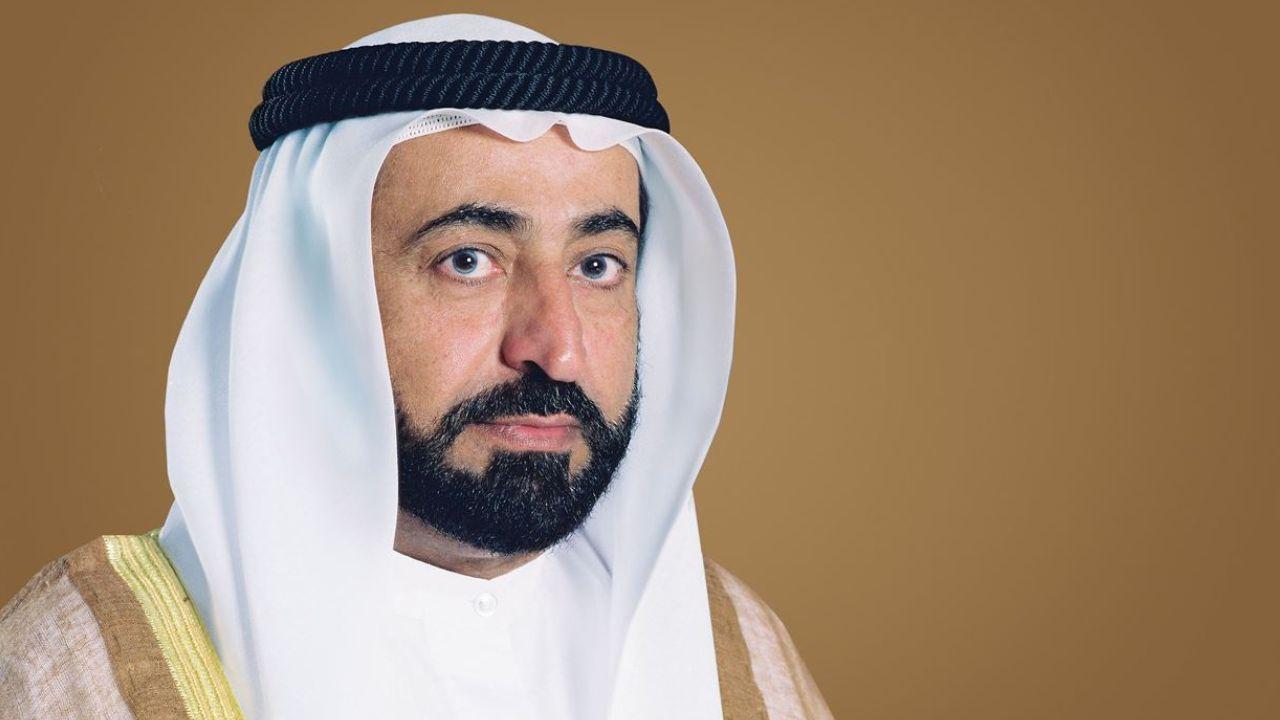
Sheikh Dr. Sultan bin Mohammed Al Qasimi, Ruler of Sharjah, has issued an Emiri Decree to establish and organize the Sharjah Creative Quarter (SCQ)...Read More.
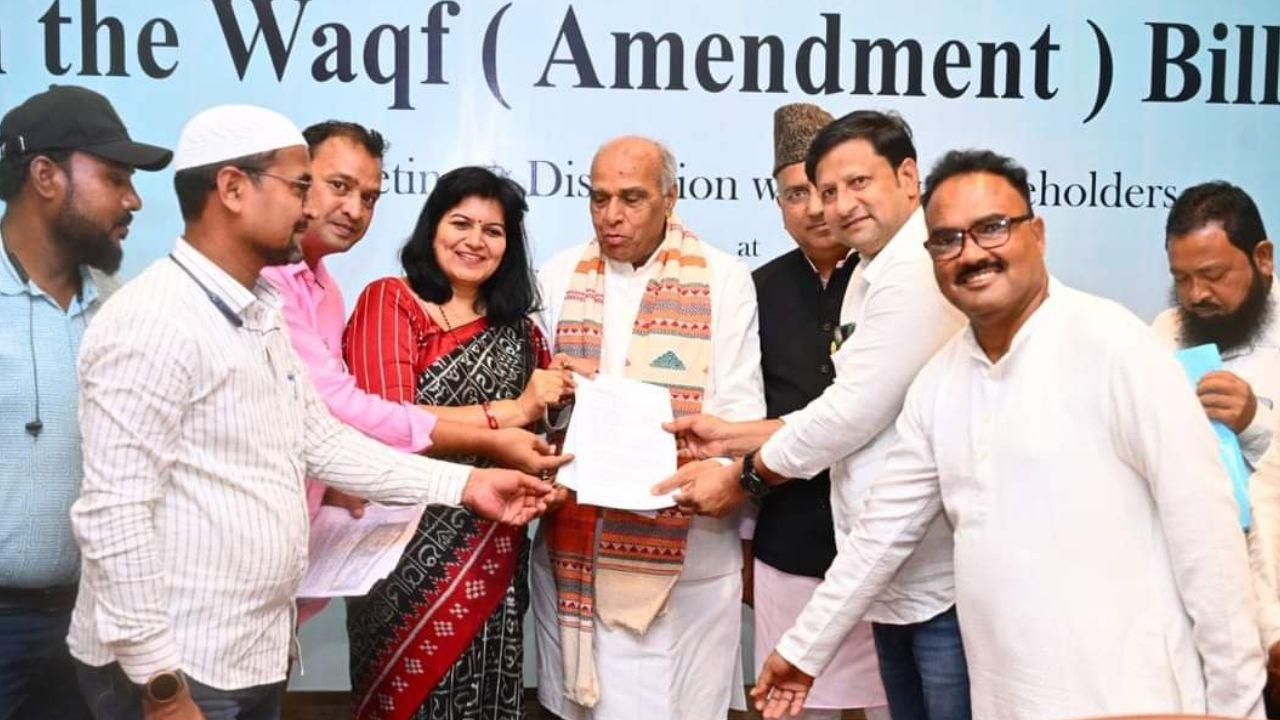
Ruling BJP and allies proposed 23 changes to the Waqf Amendment Bill, while the opposition suggested 44, but none were accepted...Read More.
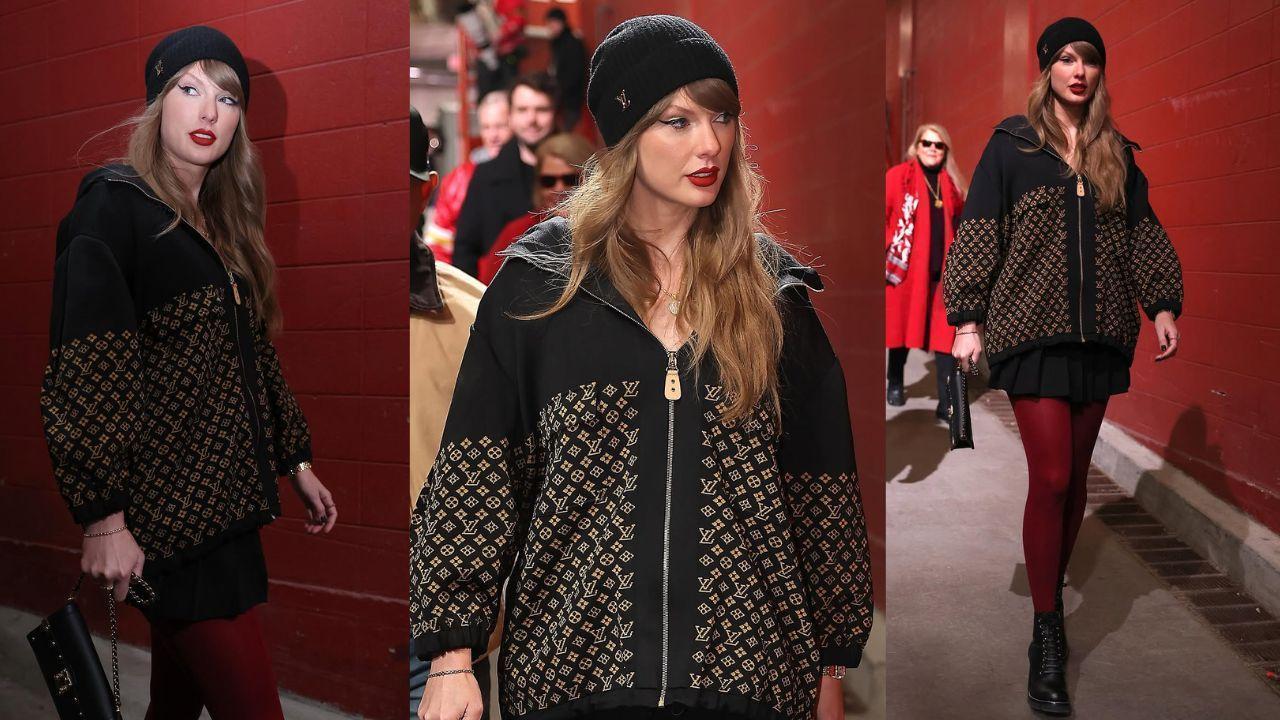 Taylor Swift Stuns in ₹4.5 Lakh Louis Vuitton Jacket at Travis Kelce's Match
Taylor Swift Stuns in ₹4.5 Lakh Louis Vuitton Jacket at Travis Kelce's Match
Taylor Swift's Louis Vuitton jacket stole the spotlight as she cheered for boyfriend Travis Kelce du
 Gulf Giants Secure Six-Wicket Victory Over Sharjah Warriorz
Gulf Giants Secure Six-Wicket Victory Over Sharjah Warriorz
Tom Alsop played a brilliant knock, scoring an unbeaten 85 to lead Gulf Giants to a stunning six-wic
 Dubai's Real Estate Market Stays Among the World’s Best: Hamdan bin Mohammed
Dubai's Real Estate Market Stays Among the World’s Best: Hamdan bin Mohammed
Dubai’s real estate sector sees AED761B in transactions and 2.78M procedures in 2024
 Tamer Ashour & Adam to Perform at Al Majaz Amphitheatre on February 15
Tamer Ashour & Adam to Perform at Al Majaz Amphitheatre on February 15
Tamer Ashour & Adam to perform at Al Majaz Amphitheatre on Feb 15, promising a captivating night
 Keys Stuns Sabalenka to Win First Grand Slam Title
Keys Stuns Sabalenka to Win First Grand Slam Title
Madison Keys defeated top seed Aryna Sabalenka 6-3, 2-6, 7-5 to win her first Grand Slam title at th
Sharjah Ruler Approves Creation of Sharjah Creative Quarter

Sheikh Dr. Sultan bin Mohammed Al Qasimi, Ruler of Sharjah, has issued an Emiri Decree to establish and organize the Sharjah Creative Quarter (SCQ)
2 Non-Muslim Members Among 14 Changes in Waqf Amendment Bill

Ruling BJP and allies proposed 23 changes to the Waqf Amendment Bill, while the opposition suggested 44, but none were accepted
Exploring Dubai's Art and Culture Beyond the Skyscrapers

Discover Dubai's vibrant art and culture beyond its famous skyline.
Drug Kingpin Arrested After Wife's Social Media Reveals Location

Rodriguez shared photos at landmarks like the Eiffel Tower and Trevi Fountain, attracting DEA agents monitoring the couple's online movements
Thousands Return to North Gaza for 1st Time Since War as Israel Opens Crossings

After news of open crossings, tens of thousands of Gazans started walking north on Monday morning, carrying their belongings
Taylor Swift Stuns in ₹4.5 Lakh Louis Vuitton Jacket at Travis Kelce's Match

Taylor Swift's Louis Vuitton jacket stole the spotlight as she cheered for boyfriend Travis Kelce during the AFC Championship game
Anushka Sharma Stuns in Yellow Lehenga Worth ₹1.6 Lakh
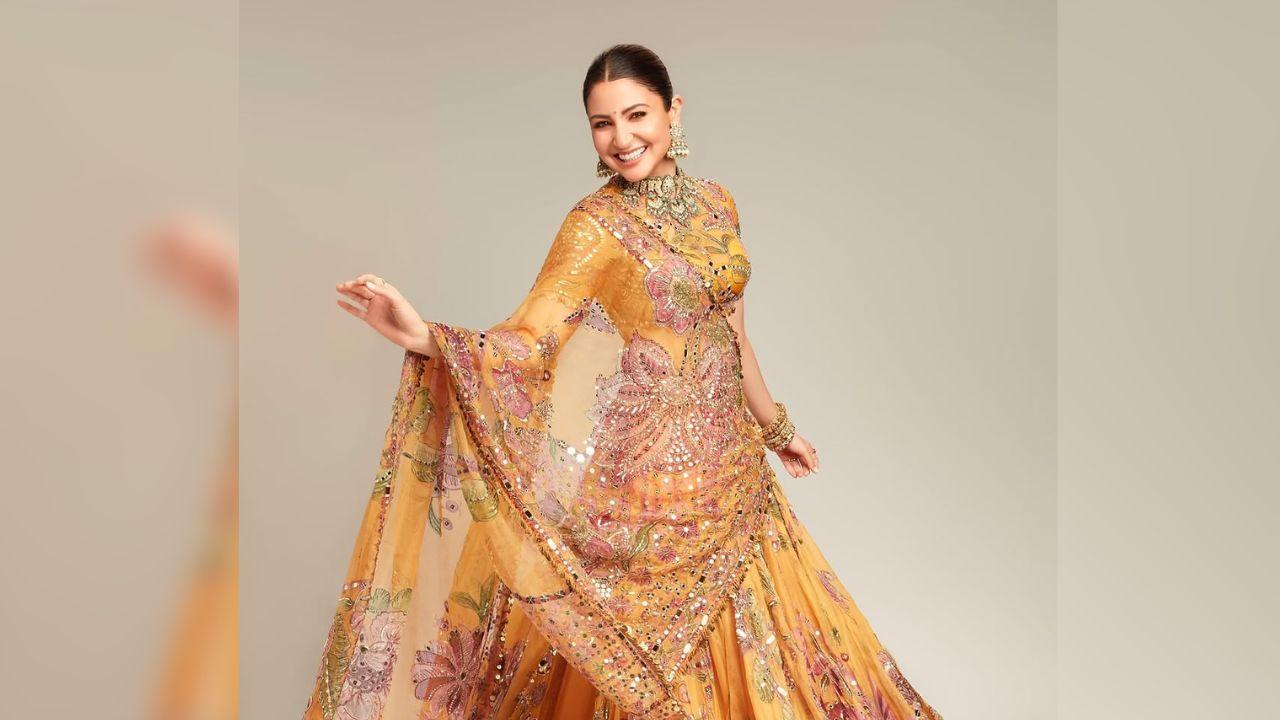
Anushka Sharma is radiating elegance in her yellow lehenga designed by Mahima Mahajan. The stunning outfit exudes royal charm and costs ₹1.6 lakh, leaving every
Palestinian Voices Shine at Sundance Film Festival 2025
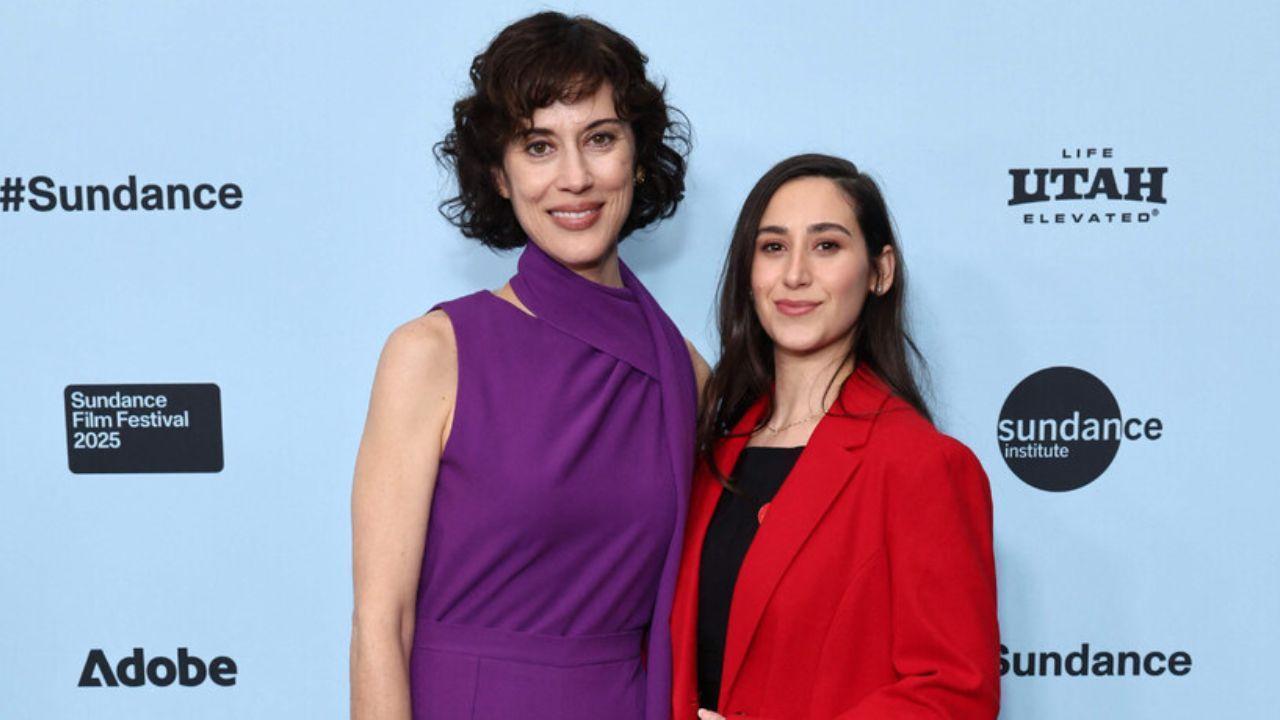
Palestinian-American director Cherien Dabis, set to shoot her personal drama *All That’s Left Of You* in the West Bank, was forced to reconsider her plans after
Colombia Reverses Deportation Decision After Trump’s Threats
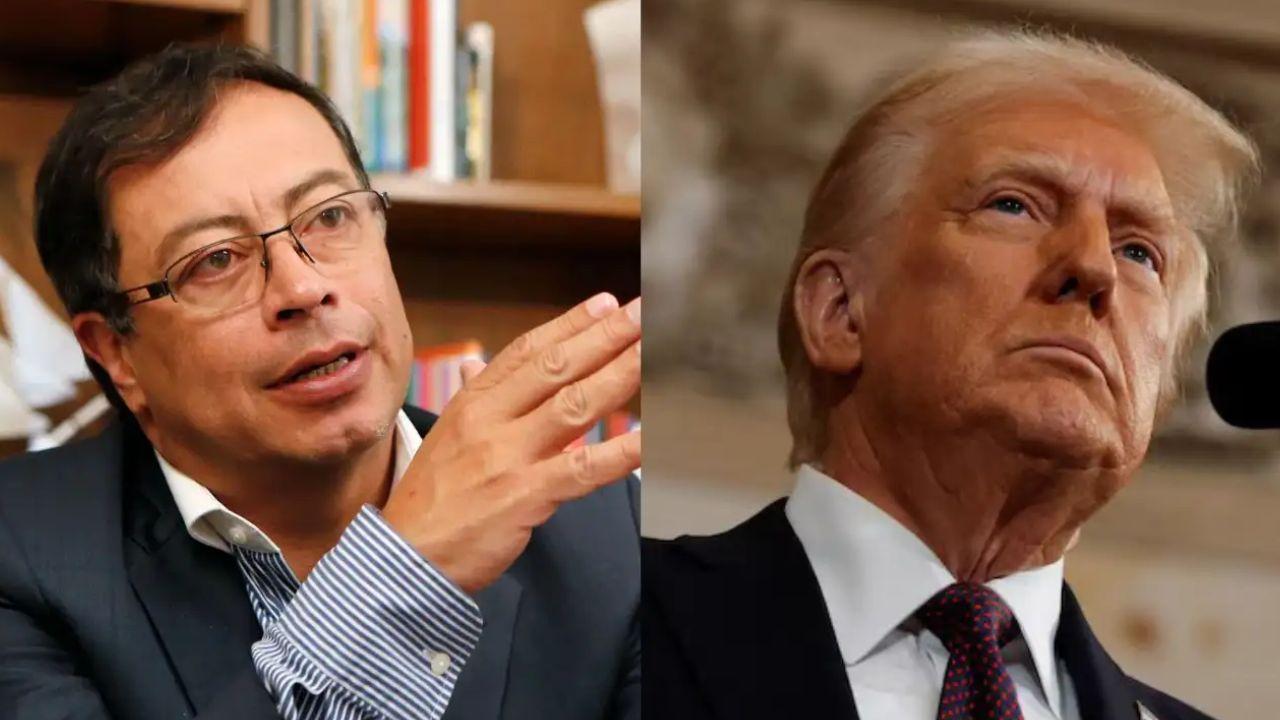
Colombia agrees to accept deported citizens after Trump's tariff threat on Sunday, reversing defiance to US plans
From Underdogs to Winners: Amazing Comebacks in Sports

Discover inspiring sports comebacks where underdogs triumphed
3001E, 30 Floor, Aspin Commercial Tower, Sheikh Zayed Road, Dubai, UAE
+971 52 602 2429
info@dxbnewsnetwork.com
© DNN. All Rights Reserved.